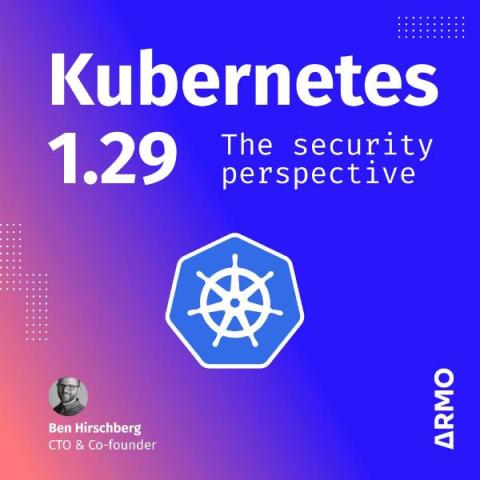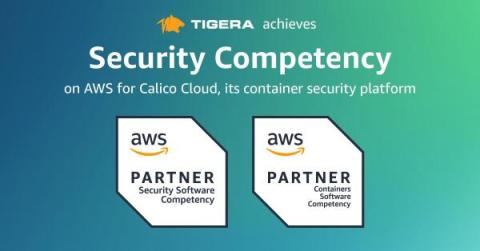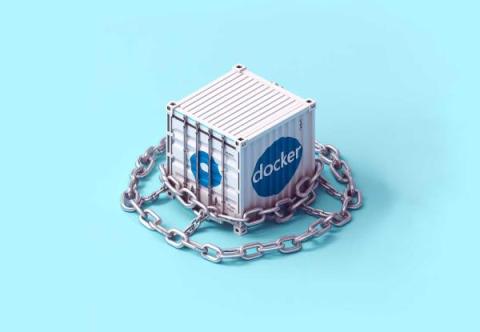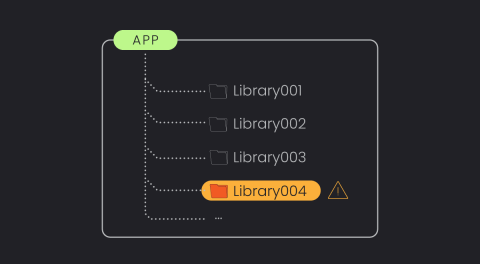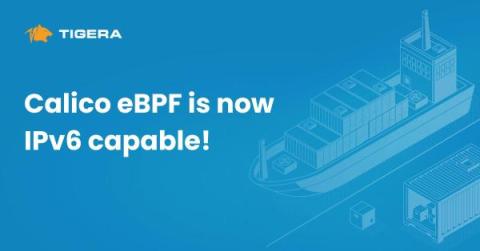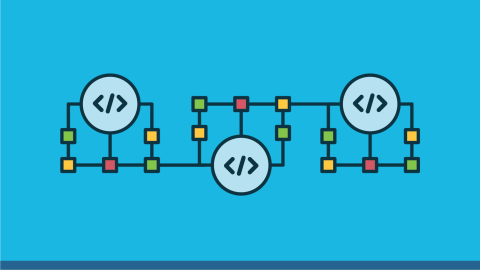Security | Threat Detection | Cyberattacks | DevSecOps | Compliance
Containers
Enabling Workload-Level Security for Kubernetes with Cisco Secure Firewall & Calico Egress Gateway on AWS
Enterprises that deploy Kubernetes in corporate data centers or cloud environments often use Cisco Secure Firewall to protect their networks and cloud resources. These firewalls are crucial for examining traffic coming from Kubernetes clusters. However, accurately determining the origin of this traffic as it passes through Cisco Secure Firewall can be challenging.
Kubernetes Backup, Restore and Migration with Velero
Tigera has achieved AWS Security Competency status!
We’re happy to announce that Tigera recently achieved Amazon Web Services (AWS) Security Competency status. This designation recognizes the security capabilities of Tigera’s Calico Cloud platform in helping customers secure their AWS workloads and achieve their cloud security goals. To receive the designation, AWS Partners must possess deep AWS expertise and deliver solutions seamlessly on AWS.
Container Security: A Quick Overview
Container security is an increasingly vital aspect of modern software development and deployment. Understanding and implementing effective security measures becomes essential as organizations shift towards containerizing their applications. This article will explore practical insights and strategies for ensuring robust container security. We will delve into some best practices and tools to secure container environments, focusing on securing images and registries, container deployment, runtime security, and more.
Container Security Fundamentals - AppArmor
The Power of Library-Based Vulnerability Detection.
With an ever-growing number of vulnerabilities being discovered annually, vulnerability management tools are rapidly evolving to handle and prioritize these risks. However, it remains one of the most overwhelming and time-consuming areas in cybersecurity. There’s still significant room for enhancement, especially in reducing false alerts and prioritizing genuine threats.
Understanding Kubernetes secrets in a Kubernetes environment
As we know, in today’s era, most applications are deployed using Kubernetes. So that applications can function properly, and the users can use the applications without any issues. The applications sometimes require access to external resources, services or databases for processing or storing data. One of the most efficient ways of accessing sensitive data from other services is the secret object of the Kubernetes environment.
Calico eBPF is now IPv6 capable!
Kubernetes offers excellent scalability and flexibility to your infrastructure. Yet, in the midst of this transformation, we’ve all grappled with the difficulties of local IPv4 addressing which usually leads to the implementation of Network Address Translation (NAT) and unfolds complexities that we’d instead like to avoid. As if that weren’t enough, the scarcity of public IPv4 addresses and their expensive rental costs loom over our digital ambitions.
Why You Need Continuous Monitoring in Microservices
The microservices architecture is a software development strategy in which applications are broken down into smaller components called microservices. Each microservice is responsible for a specific task or business function and communicates with other microservices through application programming interfaces (APIs). Effectively managing a microservices application requires monitoring, much like any other IT infrastructure.


